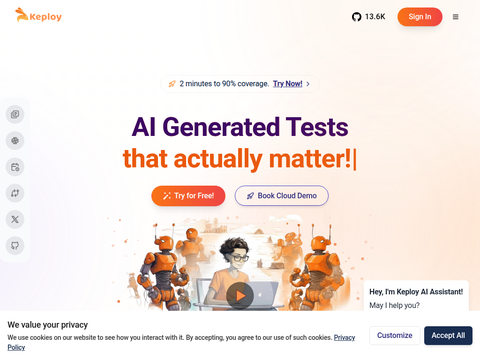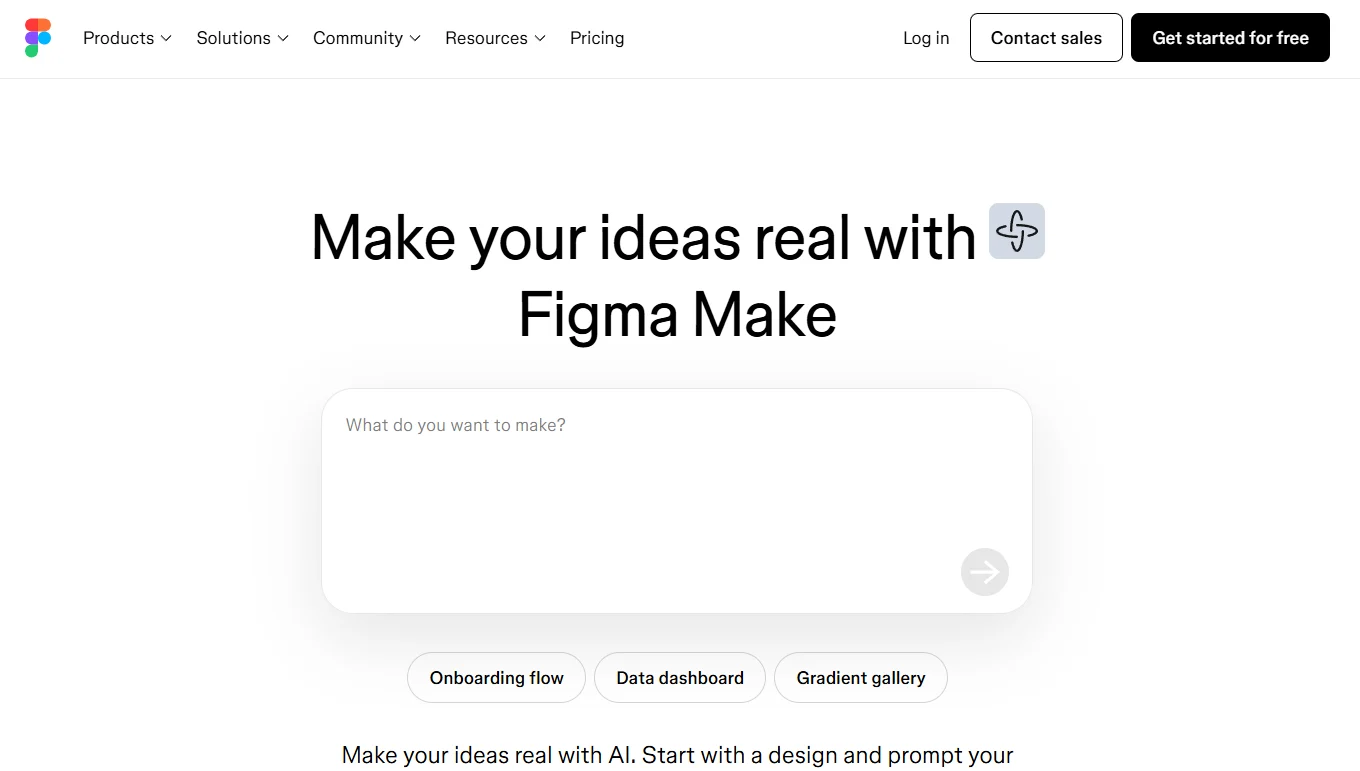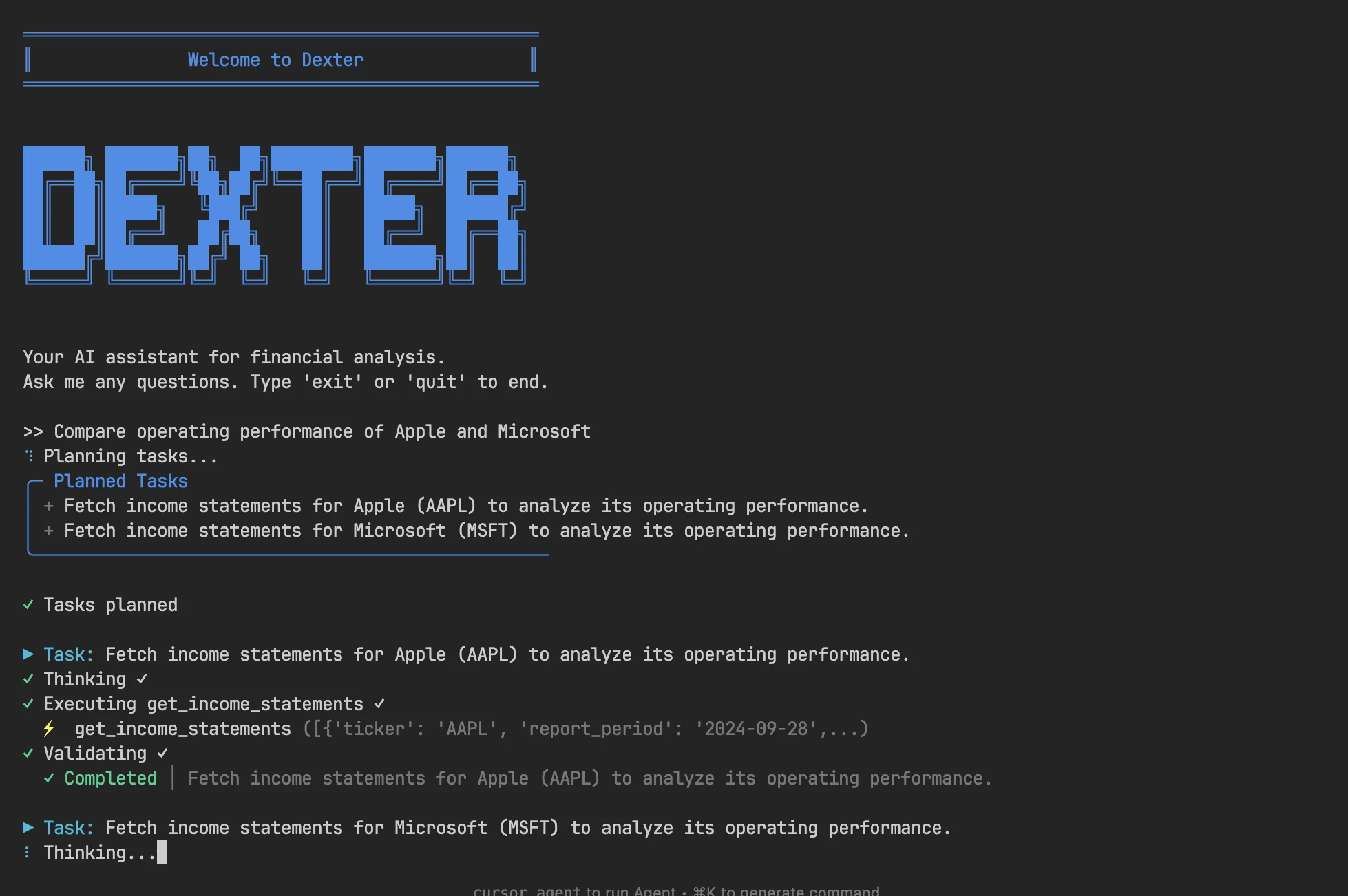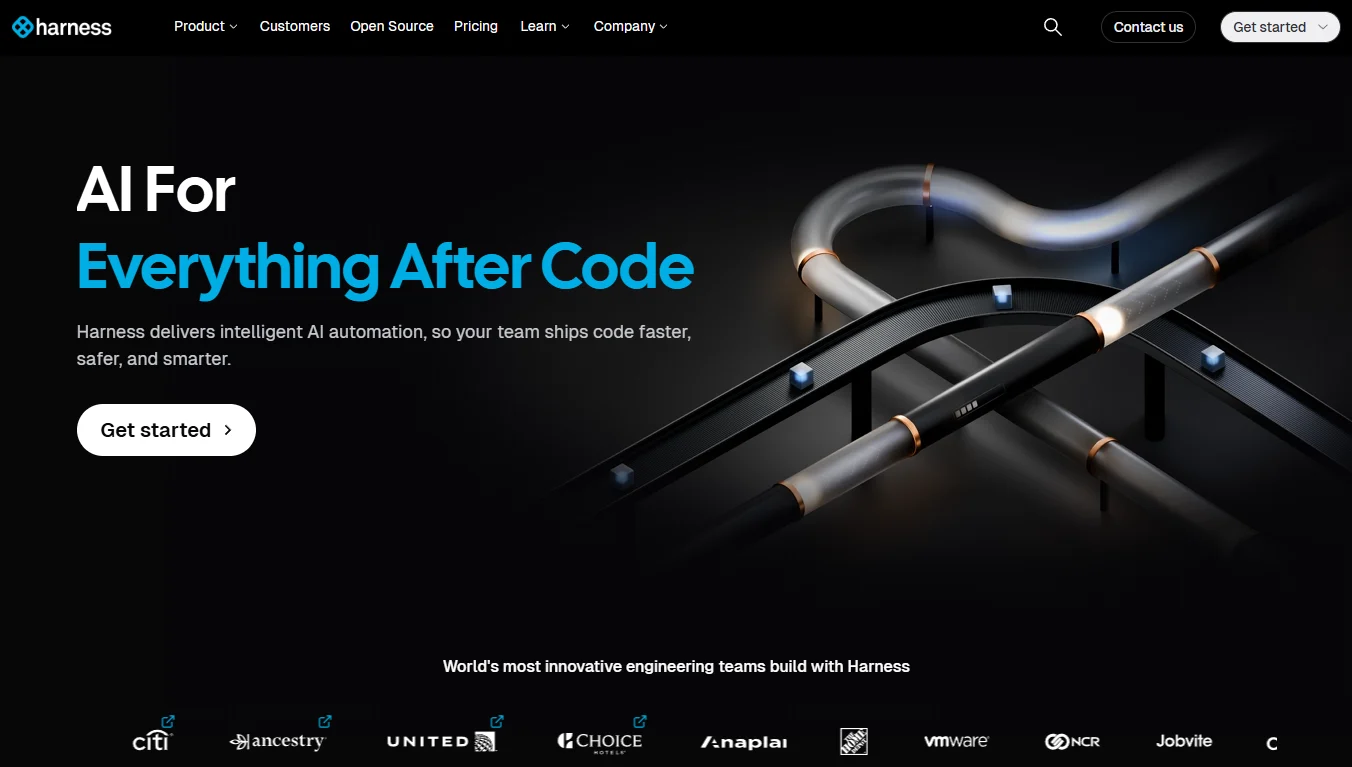Google announces the full launch of its latest on-device AI model Gemma 3n, bringing multimodal capabilities directly to smartphones and other edge devices. The initial preview of this AI model was demonstrated last month.
Gemma 3n builds upon these promising developments by unleashing the full potential of its mobile-first architecture. Designed to foster the Gemma developer ecosystem, this model integrates with popular tools like Hugging Face Transformers, llama.cpp, Google AI Edge, Ollama, and MLX, enabling efficient fine-tuning and deployment for specific edge applications. In their official blog post, Google shared: "We're excited to present this comprehensive exploration of Gemma 3n's innovations, along with new benchmark results and practical implementation guidance for developers starting today."
The model employs a novel architecture called MatFormer (Matryoshka Transformer), named after the Russian nesting dolls concept. This innovative design features fully functional sub-models nested within larger architectures, allowing dynamic performance adjustments based on hardware constraints. The current release includes two variants: E2B requiring minimum 2GB memory and E4B needing approximately 3GB memory, despite their original parameter counts of 5 billion and 8 billion respectively.
This efficiency is further enhanced through Per-Layer Embedding (PLE) technology, which offloads specific computational workloads from GPUs to CPUs, optimizing memory usage on accelerators. Additionally, the implementation of KV cache sharing accelerates extended audio/video processing, with Google reporting potential response time improvements up to 200%.
Gemma 3n's multimodal capabilities represent a key advancement. The integrated audio encoder - adapted from Google's universal speech model - enables complete voice-to-text conversion and language translation tasks directly on devices without internet connectivity. Early evaluations show exceptional performance in English-to-European languages (Spanish, French, Italian, Portuguese) translation, processing audio in 160ms blocks for detailed context analysis.
Visual comprehension leverages Google's latest lightweight MobileNet-V5 vision encoder, capable of processing video streams at 60fps on devices like Pixel smartphones. Despite its compact size and optimized speed, MobileNet-V5 reportedly outperforms previous visual models in both performance and accuracy. The model supports text processing in over 140 languages and content understanding across 35 languages, establishing new benchmarks for global edge AI accessibility.
Developers can integrate Gemma 3n using popular frameworks including Hugging Face Transformers, Ollama, MLX, and llama.cpp. To drive innovation, Google has launched the "Gemma 3n Impact Challenge," inviting developers to create applications leveraging the model's offline and multimodal capabilities. The top submissions will share a $150,000 prize pool, opening possibilities for AI applications in remote areas with limited connectivity or privacy-sensitive scenarios where cloud data transmission is impractical.








